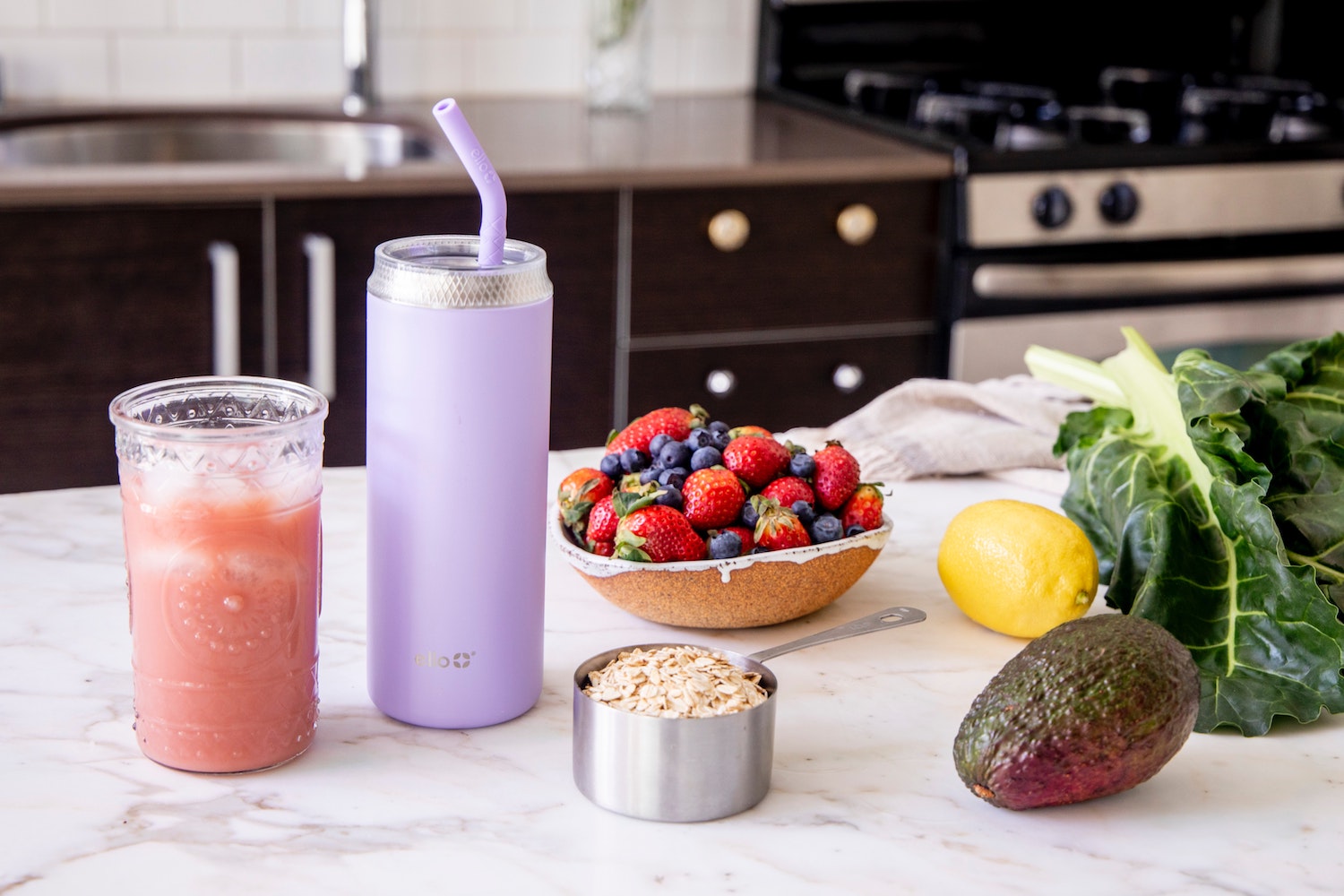Most people wear synthetic clothing items every day, from fitted tops, yoga pants, fleece, underwear, socks, and more. In fact, synthetic fabrics account for 60% of all clothing on Earth. But what exactly is all this synthetic material doing? For one, it’s a leading source of microfiber ocean pollution, and that’s something we all need to know about.
Synthetic fabrics are made from a cocktail of chemicals and plastic. These fibers include textiles such as acrylic, nylon, polyester, and Spandex.
Recent research shows that synthetic fabrics have some scary consequences, specifically when they’re washed. Once a synthetic item is placed in the washing machine, it releases tiny plastic bits — called microfibers — that flow down our drains, through water treatment plants, and out into our rivers, lakes, and oceans — by the billions. Scientists estimate that there are 1.4 million trillion of these tiny fibers in our oceans.
This short video explains this problem really well, check it out:
So what can we do about this microfiber madness?
- Wear natural fibers! I am a big advocate for this; it’s healthier for you and the planet. Let your body breathe easier by being hugged with organic cotton, hemp, or bamboo.
- Buy only what you need and when you buy, go for high quality. In a study carried out at the University of California, Santa Barbara, a low-quality, generic-brand fleece shed significantly more over its lifespan than Patagonia’s high-quality products.
- Wash less often, and if possible, invest in a front-load washer. Microfibers shed in the wash — so wash your clothing only when it’s necessary (added bonus: you’ll conserve water in the process). If your little one’s shorts are caked with dirt, consider using a rag or sponge to spot clean rather than running it through a machine cycle. If you are in the market for a new washing machine, studies show synthetic jackets laundered in top-load washing machines shed more than five times as many microfibers as the same jacket in front-load washers!
- Utilize fiber filters! Placing any synthetic clothing items into a mesh filter bag before hand washing or machine can greatly reduce the flow of microfibers into your drain. These filtration bags work by letting in soapy water while trapping any plastic fibers that are loosened during the wash. Once the cycle is complete, you simply remove the items from the bag, scrape out the fibers, and properly dispose of them in the trash. Check out the brand GuppyFriend to purchase one! In tests, the bag captured 99 percent of fibers released in the washing process. Alternatively, if you’re looking for a more permanent solution you could install a permanent washing machine filter, this requires plumbing work.
- Educate your family and friends! Microfiber pollution is a big problem, yet so many have no clue their clothing can be tied to the health of the oceans, let alone the fish they may be consuming!




